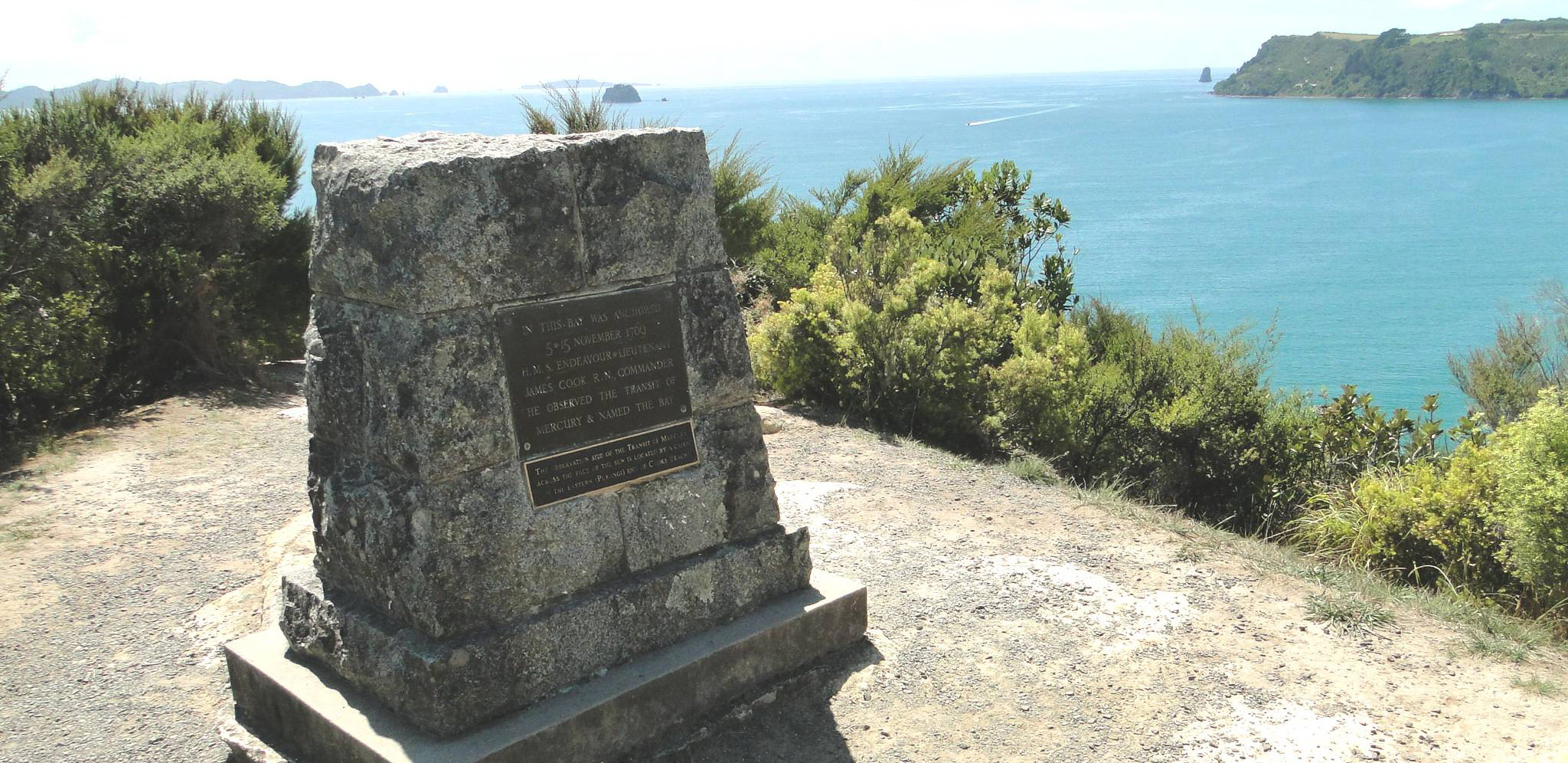
Transit of Mercury: Past, Present & Future
November 2019 :
One of our not-too-common celestial events, a transit of Mercury, will be taking place this month, on November 11th. Fortunately, for some of us, it is a holiday, and both Seagrave and Ladd observatories are planning observing sessions, although Ladd’s observations will be on the campus Green.
Although not as relevant, and as rare, as a transit of Venus, Mercury transits also do not happen each time the planet comes into inferior conjunction – traveling directly between the Sun and the Earth - but they occur at least a few times per century, instead of 4 times every approximately 2 ½ centuries as Venus transits do. However, the next one won’t be until 2032, and, you’ll have to travel across the world to see it, as it will not be visible from here.
It was a transit of Mercury observed by Edmund Halley in 1677 that led him to understand that such phenomena could actually assist in the determination of the astronomical unit, the elusive distance between the Sun and the Earth, which is the basis for the size of the solar system. Halley realized that Mercury was quite small, and that trying to take observations of it in such detail would be very difficult, but Venus, twice as close to Earth, and over twice the diameter of Mercury, would be a better fit in trying to determine this measurement. Unfortunately, Halley was unable to test his theory directly, as he died in 1842 at age 84, 19 years before the next Venus transit, in 1761, would occur.
On November 9-10, 1769, after successfully observing the June 5th transit of Venus in Tahiti, Captain James Cook and Charles Green sailed the ship Endeavour to the Coromandel Peninsula on New Zealand’s North Island to watch the transit of Mercury. They noted that the planet seemed to have no atmosphere (a correct statement). Cook, after this successful observation, renamed the peninsula Mercury Bay.
Logic would tell us that both forms of planetary transit should occur with a fair regularity, but Nature has other plans. If November 11th is a good, clear day, please come join us, as the next transit of Mercury we can view from here won’t be until 2049.
Granite monument at Mercury Bay, New Zealand commemorating James Cook's observation of the transit of Mercury. From Wikimedia Commons.



